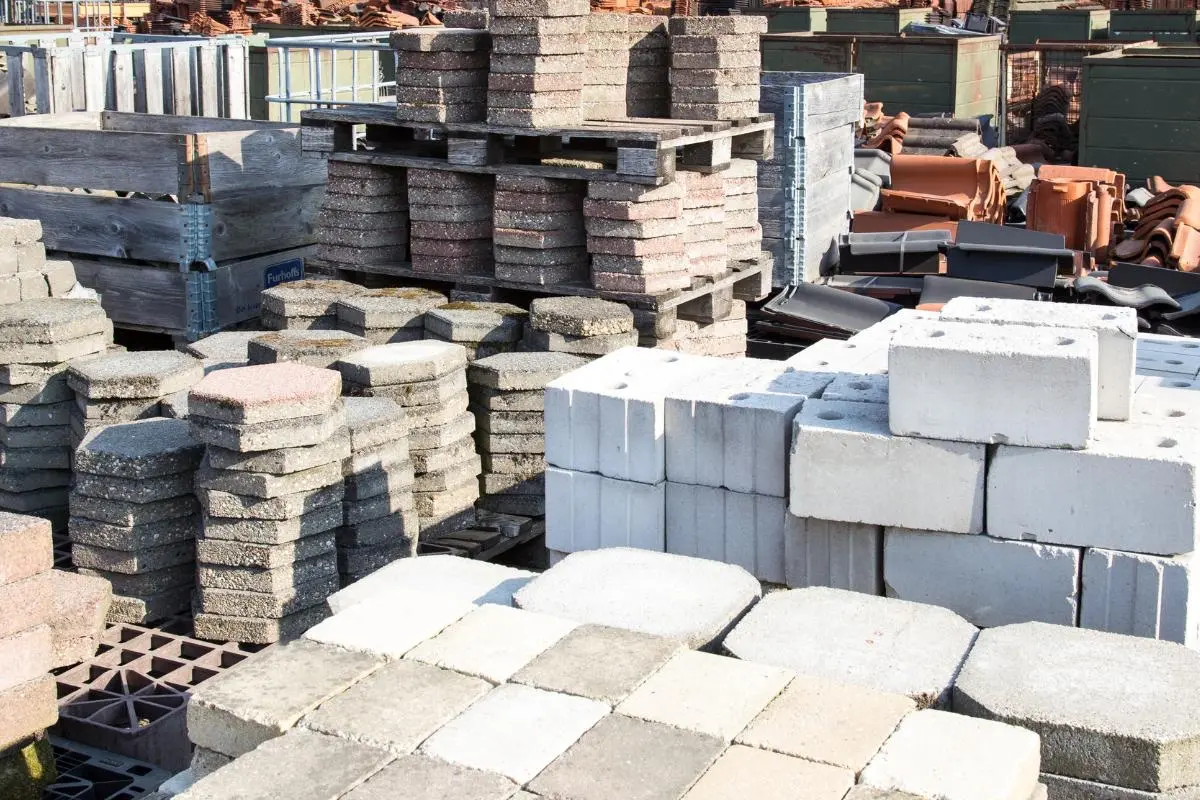How to Recycle Building Materials After a Renovation
Renovating your home or commercial property can be an exciting journey towards a new, revitalized space. However, the aftermath often leaves a significant amount of waste that can be challenging to manage. Recycling building materials after a renovation is not only environmentally responsible but can also be economically beneficial. This comprehensive guide will walk you through the steps to efficiently recycle your renovation debris, ensuring you contribute positively to the environment while possibly benefiting your budget.
Understanding the Importance of Recycling Building Materials
Environmental Benefits
Each year, construction and demolition activities generate a hefty portion of waste globally. Much of this material is recyclable; however, a significant amount still ends up in landfills. Recycling building materials dramatically reduces the volume of waste that contributes to landfill overflow. It conserves natural resources by reusing materials and reduces the energy spent in manufacturing new materials, thus minimizing the overall carbon footprint of building processes.
Economic Advantages
Recycling can also offer economic benefits. By choosing to recycle, you can reduce disposal fees and sometimes earn money by selling scrap materials. Additionally, recycled materials can often be purchased at a lower cost than new materials, making them an appealing option for budget-conscious renovators.
Step-by-Step Guide to Recycling Building Materials
Step 1: Plan Ahead for Recycling
Before you even begin your renovation, plan for the disposal of your materials. This involves:
- Assessing what materials will be removed: Identify which materials can be recycled and which cannot. Common recyclable materials include wood, metal, glass, and certain types of plastic.
- Finding a recycling facility: Locate a recycling center that accepts building materials. Some facilities specialize in specific materials like wood or metal, so you may need to contact multiple centers.
Step 2: Separate Materials
As you dismantle your space, separate materials into different categories. This separation is crucial for the following reasons:
- Efficiency: Well-sorted materials can be recycled more easily and efficiently.
- Quality control: Keeping materials uncontaminated ensures they are of higher quality and more likely to be accepted by recyclers.
Use different bins or areas of your site to keep materials sorted. Labeling these areas can help maintain organization throughout the duration of your project.
Step 3: Deconstruct Instead of Demolishing
Whenever possible, opt for deconstruction over demolition. Deconstruction involves carefully dismantling portions of buildings to preserve the integrity of materials for reuse and recycling. This method is more labor-intensive but significantly increases the amount of material that can be saved from landfills.
Step 4: Work With Your Contractors
If you’re working with contractors, ensure they are aware of and agree to your recycling plan. Some key points to discuss include:
- Incorporation of recycling into the project timeline: Make sure there is adequate time allocated for proper sorting and disposal.
- Use of tools and methods that minimize waste: Encourage practices that preserve materials in their most reusable or recyclable form.
Step 5: Reuse Materials
Before recycling, consider if any materials can be reused, either in your own project or by others. For example, old bricks can be cleaned and reused for landscaping, and wood beams can be repurposed into furniture or other structural elements. Offering these materials for free or sale can not only reduce your waste but also help someone else reduce their project costs.
Detailed Handling of Specific Materials
Metals
Metals such as steel, copper, and aluminum are highly valuable materials and can often be recycled with little to no degradation in quality. To recycle metals effectively:
- Remove any non-metal attachments: This can include nails, screws, and brackets, which can contaminate the metal recycling process.
- Sort metals by type: Different metals are processed differently. Keeping them separated can increase their value and recyclability.
Wood
Wood is one of the most common materials found in renovation debris and can be reused in many ways:
- Classify wood by condition: Untreated, unpainted, and unstained wood is easiest to recycle or repurpose. Treated wood may require special handling.
- Consider potential for reuse: Solid wood can often be repurposed into furniture, artwork, or other structural projects.
Concrete
Recycling concrete involves breaking it down into smaller pieces, which can then be used as an aggregate in new construction projects. To recycle concrete:
- Ensure it is free of contaminants: Materials like rebar and mesh should be separated from the concrete.
- Use a crushing service: Some recycling facilities offer crushing services, turning your old concrete into reusable aggregates.
Glass
Glass must be handled with care to avoid breakage and contamination:
- Sort by type: Different types of glass have different recycling processes, so keep window glass separate from glass used in fixtures or decorations.
- Keep it clean: Ensure that glass is free from debris, dirt, and any form of framing materials.
Ensuring Acceptance at Recycling Centers
To ensure that your sorted and cleaned materials are accepted by recycling centers:
- Check with facilities ahead of time: Understanding the specifications and standards required by your local recycling centers can save you time and effort in transporting materials that may not be accepted.
- Prepare materials as required: Some centers require materials to be cut to specific sizes or cleaned more thoroughly.
Incorporating Recycled Materials in New Projects
Using recycled materials not only reduces your environmental impact but also can add character and history to new projects. Here are ways to integrate recycled materials:
- Design with recycled materials in mind: Consult with architects or designers who specialize in using recycled or reclaimed materials.
- Look for inspiration: Many online platforms and magazines showcase projects made from recycled materials, offering creative examples and practical applications.
Conclusion: A Call to Sustainable Renovation
Recycling building materials after a renovation is not just about waste reduction. It’s about embracing a sustainable mindset that values resource efficiency and environmental stewardship. By planning effectively, sorting diligently, and choosing to recycle and reuse, you transform waste into worth and contribute to a greener planet.
As you consider your next renovation project, remember that each material you recycle or repurpose is a step towards a more sustainable future. For more resources on recycling and managing renovation waste, visit [official environmental websites] and local waste management facilities’ websites. They can provide additional guidance and information to help you make the most of your renovation debris.
Let’s build a better future by choosing to recycle today. For more ideas on how to reduce waste and incorporate eco-friendly practices in your renovations. Together, we can make a significant impact—one renovation at a time.





